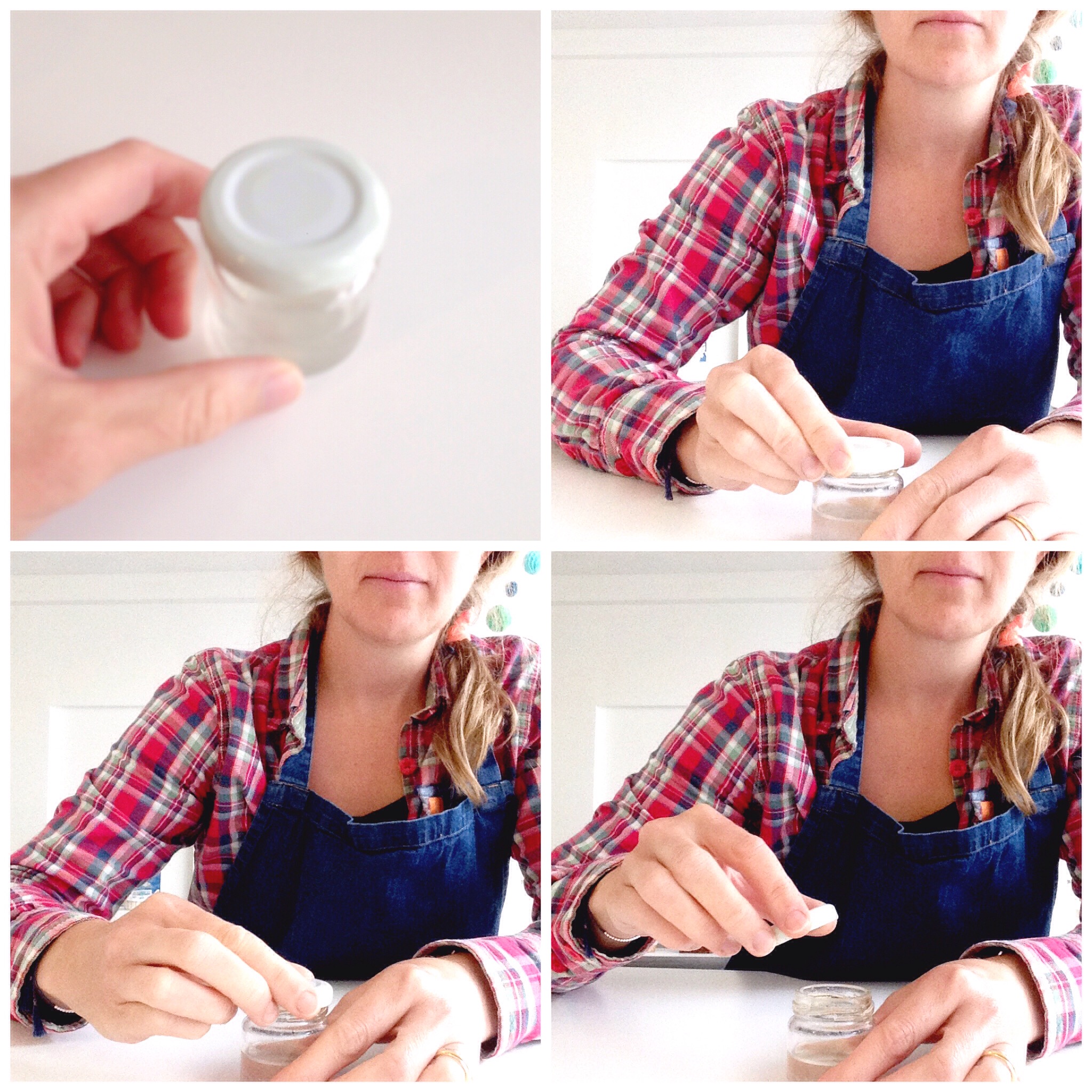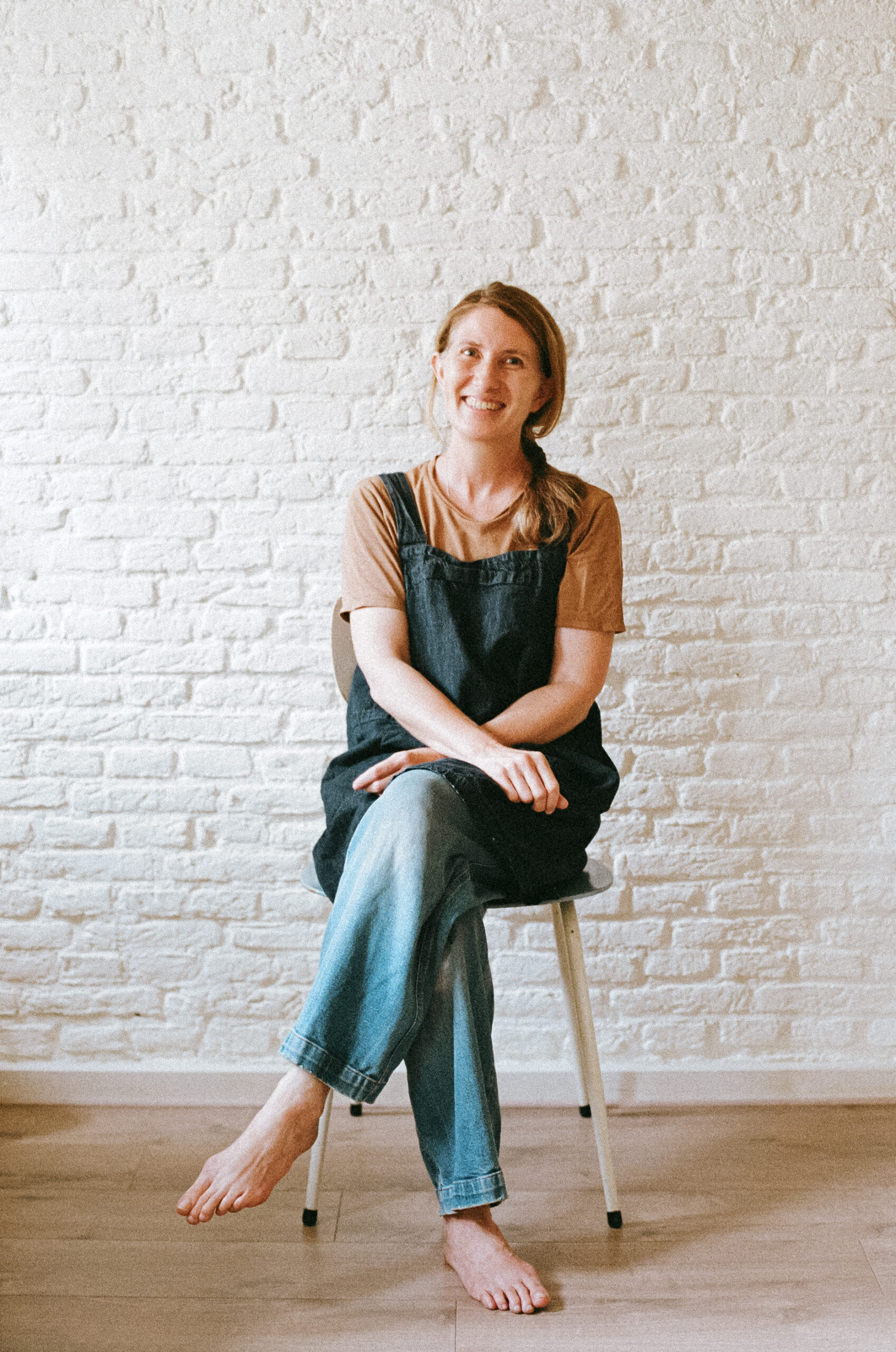Tips for Montessori activities
As I’ve been sharing some Montessori activities by age group in the last couple of newsletters, a couple of questions kept popping up about Montessori activities. So here are some tips for Montessori activities to get you started.
1. How do I show my child the activity?
To be honest, working with mostly children under 3 years of age, I do more observing to see when a child gets stuck or frustrated than a full demonstration. They have often learned from other children many of the steps, or discover it for themselves. Then I can help them when they cannot get further, and then step back to see how they get on.
But I do have some tips to help you…
In Montessori we break down an activity into small parts to show the baby/child. They will have more success when we can show them each step clearly that is involved to be successful. For example, did you ever think of all the small parts to undoing and doing up a button? Try it next time you have a shirt with a button on it and see how we first can pull apart the button hole, tuck the button under, and look for the button on the other side.
Slow down the movements. If you think you are going slow, go even slower.
Here’s a picture of me demonstrating how to open a jar. I place my fingers on the lid, I turn it slowly, I lift off my fingers and place them down again, then I turn again.

With children under 3 years, we use very few words to show them an activity. If I am showing a child something I say, “Look!” and then show them with my slow, precise movements. They don’t have to work out whether to listen to me or watch and they pick it up much more easily. For a child 3+ years, then we will start to use more words when an explanation might be needed.
In our Montessori training, we do learn “presentations” for showing a child each activity. If you use the principles above, you’ll be able to do the same with any activity you come across to show your child.
Dr Montessori wrote:
“I give very few lessons on how to give lessons, lest my suggestions—becoming stereotypes & parodied—should turn into obstacle instead of help. The directress is dealing with different personalities and it therefore becomes a question of how she should orient herself in what is for her a new world, rather than any rigid and absolute rules.”
2. What if my child doesn’t keep the activity together?
Many younger toddlers (and some older ones) will take pieces of the activity and place them somewhere else, mix them, transfer them, or be less interested in the purpose of the activity.
Usually this is a sign that this is not the activity that they want to master right now – it may be too hard or too easy or there may be too many parts for them. I have often simplified an activity to meet the needs of the child in front of me (not what the toy packaging says!).
We can use baskets and trays to keep items from the same activity together. And have a place for everything and everything in its place.
We also subscribe to the “less is more” approach. So as well as there maybe being too many parts (eg, too many blocks, bricks, shapes), there may be too many activities available. When we select just 6 activities per child then we really need to observe (there’s that word again!) to see what our child is repeating and working to master, and then we can select activities that will likely be much more engaging.
Having a table where they can bring an activity can also help them focus on one thing at a time. I love placing a low table and chair by a window where there is natural light (and often a calm view).
Show them where things belong, for example, if they are walking around with markers or paint, I am clear that these are for drawing on paper in the art area. I would kindly keep bringing them back to where they are used. And maybe at home with young children you may choose not to have these materials available all the time, but when you are available to supervise.
We are also modelling where things go back when they are finished. Trust that they are absorbing everything and in a few months, they may be helping us or doing it all by themselves.
Lastly, when they are in the phase of simply moving things, remember that toddlers have a need for maximum effort. Once they have mastered walking, they love to carry heavy objects, bags and transfer heavy items. So we can provide opportunities for them to carry and move things, place objects in and out of baskets and bags, empty things, and refill them.
3. Setting up a Montessori activity
It may also be useful to watch this video I made (the classroom is our old one) about how to set up a Montessori activity. I hope it’s also useful.
4. Some last tips
- Have activities on a tray/in a basket displayed on shelves (rather than toy box)
- Have everything needed for the activity at the ready
- Make sure the activities are complete (put aside puzzles with missing pieces etc as it can be frustrating for a child not to be able to complete them)
- Put out only as much as you want to clean up (eg, water, glue, paint etc)
Now it’s up to you! Observe your child, select some activities to try, and keep adjusting until you find the ones they are repeating and working to master.

Simone Davies has more than 20 years’ experience as an AMI Montessori educator. Simone is the author of “The Montessori Toddler” and co-author of “The Montessori Baby” and “The Montessori Child” books, comprehensive guides to raising children in a Montessori way. She currently runs parent-child Montessori classes in Amsterdam at her school Jacaranda Tree Montessori. She also has a popular blog, instagram and podcast “The Montessori Notebook” and is mother to two young adults.